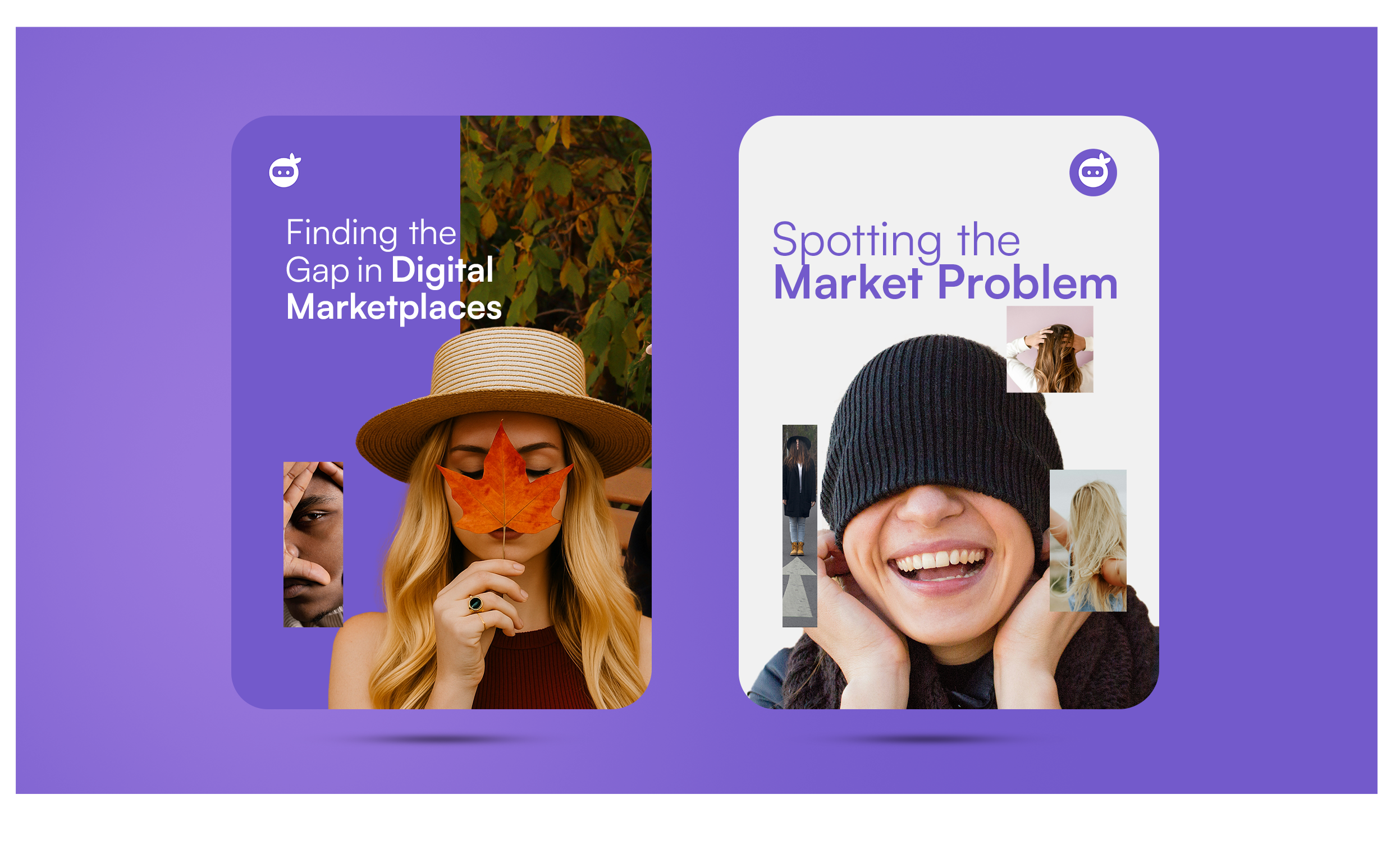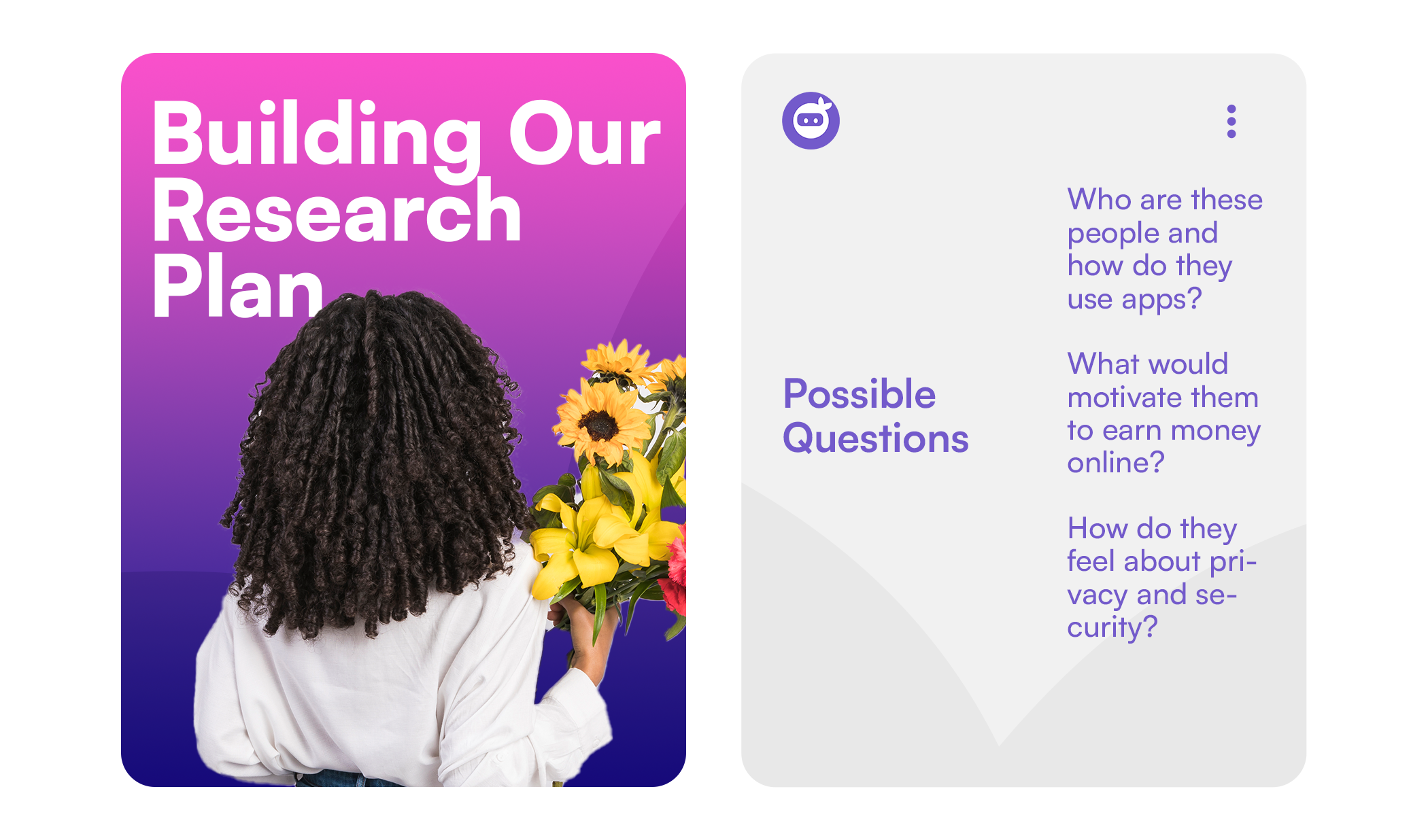Finding the Gap in Digital Marketplaces
Understanding what real users need and finding opportunities in new digital marketplaces through focused research and identifying missing pieces.

When we began exploring solutions for new digital marketplaces, we discovered a significant gap that needed to be addressed. While people are very active online in our target market, only a small group of users actually make money from it. Regular users who spend time and share their information get little or nothing in return.
Our detailed market research showed two main problems: there's no proper way to pay regular users for their contributions, and privacy protection is weak—especially worrying in areas where people are still learning about digital safety. Instead of guessing what these problems meant, we decided to ask users directly and do proper research to confirm our findings.

Creating a good research plan required careful thought and several rounds of refinement. We started by listing every possible question we could ask, then slowly narrowed it down through team meetings and discussions with key people. We wanted to create a focused but complete set of questions that would give us useful information without being too much for people to handle.
After going back and forth, we organized everything into three main areas:
1. Who are these people and how do they use apps? – The basics about our users and their digital habits.
2. What would motivate them to earn money online? – Understanding what financial incentives actually appeal to people.
3. How do they feel about privacy and security? – Getting to the heart of their digital safety concerns.
This approach helped us turn dozens of potential questions into just 12 really focused ones that would give us the answers we needed.

Making good survey questions turned out to be harder than we first thought. We wrote several versions and tested them with our own team to make sure they were clear and didn't push people toward certain answers. Our team spent a lot of time discussing different question styles, and we ended up using a mix of multiple-choice questions and rating scales to capture both what people prefer and how strongly they feel about it.
Our privacy questions started with detailed examples, but when we tested them, people said they were too complicated. We made them simpler while still focusing on understanding privacy concerns. This process showed us how important it is to keep improving our research methods and get early feedback from users to shape our approach.
